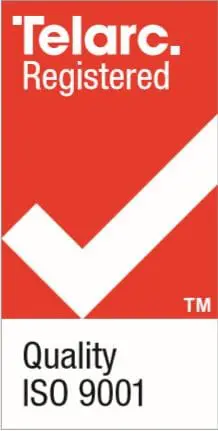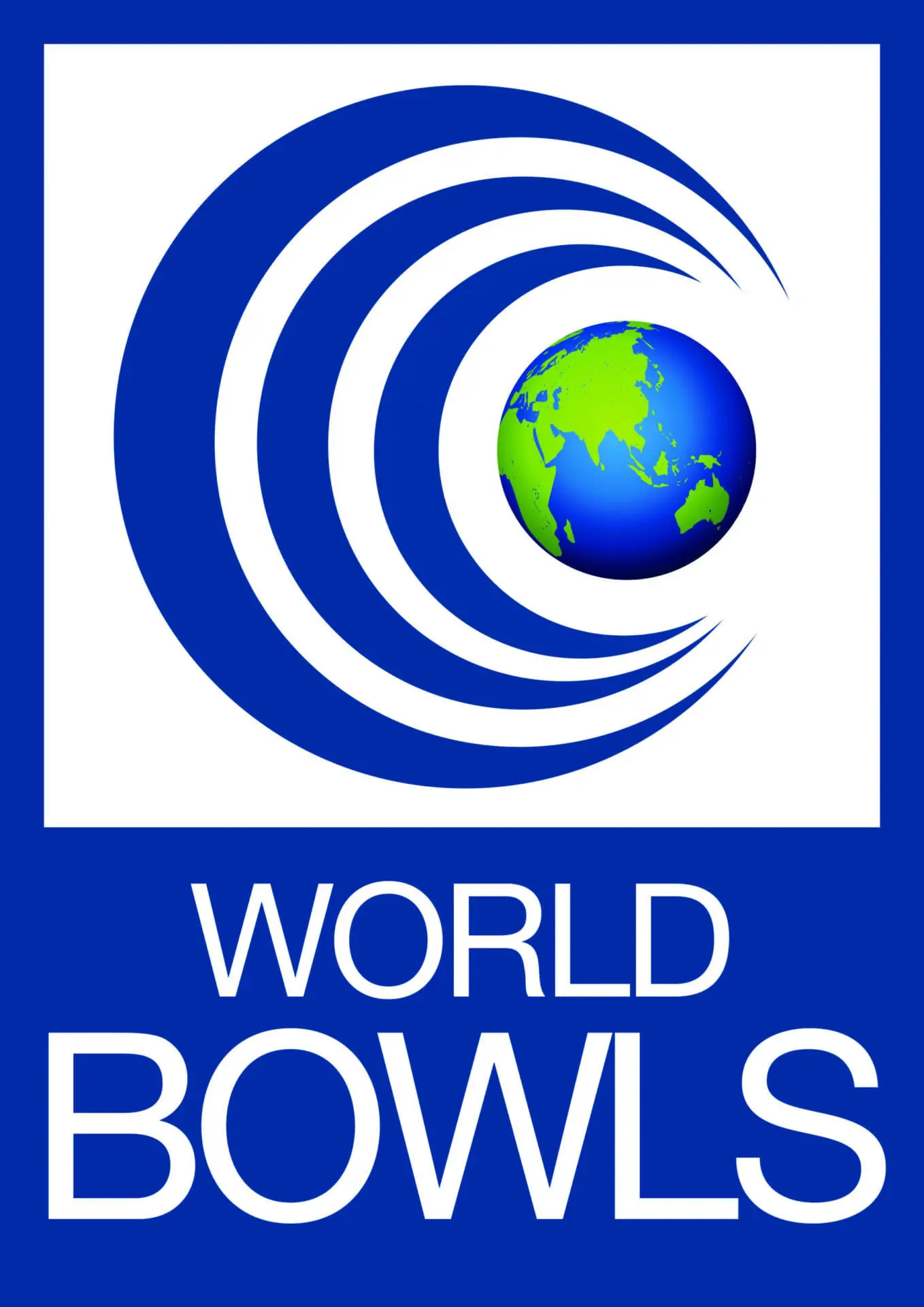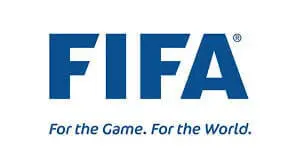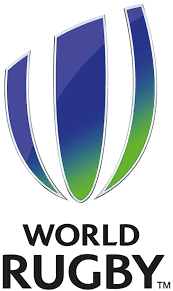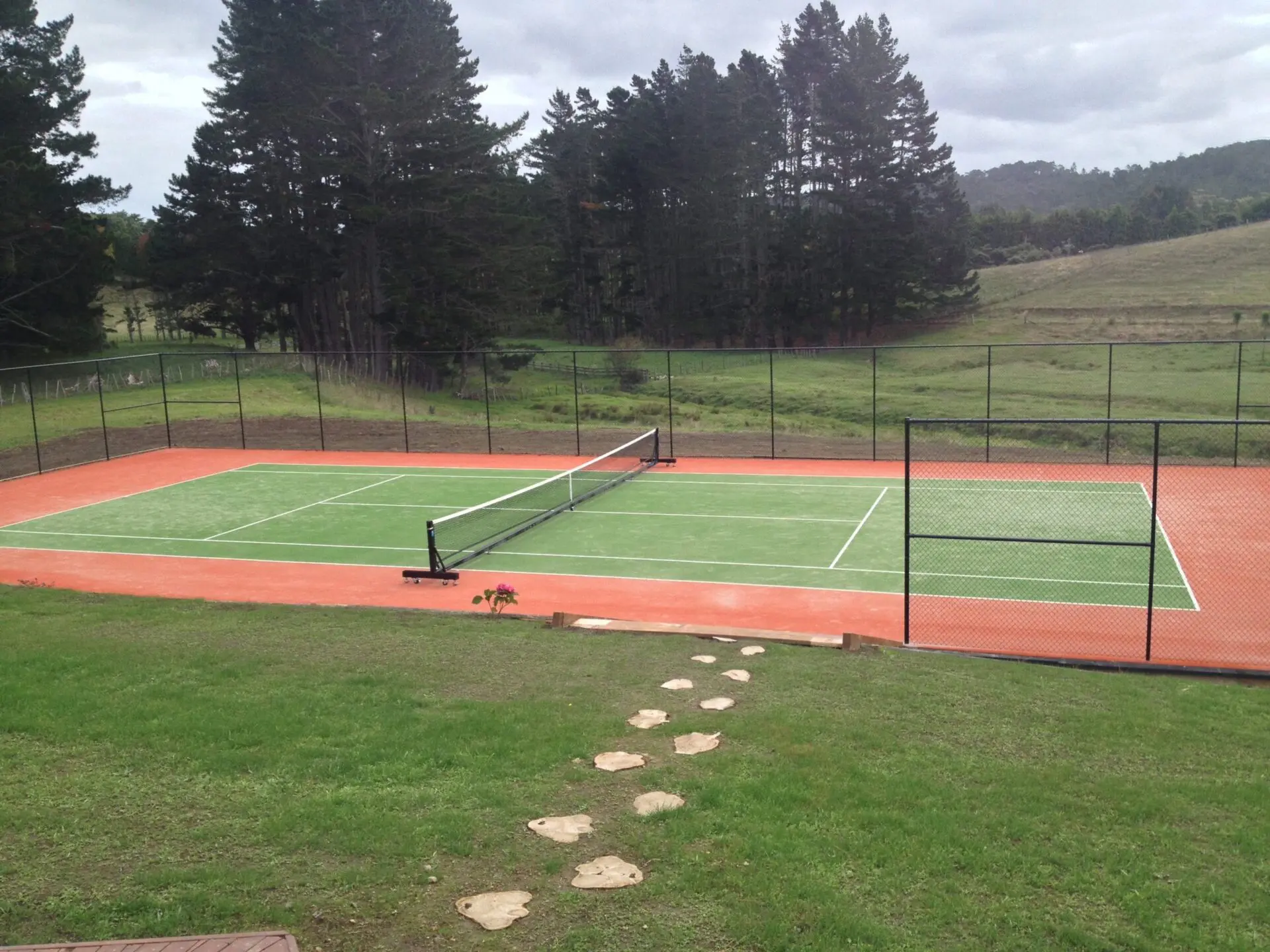
A tennis court in your home garden encourages your family to get outdoors and burn up some energy together. The social and health benefits are obvious; the fun is guaranteed! But how do you choose between different Tennis Court Systems?
There are several tennis court systems you can choose from. We look at the different tennis court surfaces you might consider, in terms of performance, durability, maintenance and aesthetics.

Performance:
• TigerTurf synthetic tennis and multi-sport surfaces produce ball speed, spin, and bounce that is consistent over the entire surface.
• You will enjoy a high standard of play all year-round and get back on the court soon after rain on our tennis surfaces.
• It’s hard to beat a good quality artificial grass surface to play tennis on – cool in summer, non-slip in winter.
• Artificial tennis turfs are kinder to your joints and limbs, absorbing impact and offering good traction.
• A good synthetic grass court can also be used for several different sports such as hockey, cricket, netball, and basketball.
Durability:
• TigerTurf tennis surfaces are manufactured from top quality yarns and processes.
• Your tennis court will perform to a high standard for many years of regular play.
• The turfs we install for home tennis courts have been well tested in schools and tennis clubs.
• Well-built sub-base constructions that drain freely are fundamental to durability and performance in the long term.
• These courts are ready for play in all climatic conditions.
Maintenance:
• Low maintenance is one of the best reasons for choosing an artificial grass tennis surface rather than a natural grass court.
• All you need to do is to keep the surface tidy and spray moss if it appears.
• No irrigation required to keep your court fresh throughout the driest summer.
• TigerTurf maintenance teams can groom your court annually to keep it looking fabulous if you prefer.
Aesthetics:
• Brightly coloured, contrasting turf colours delineate boundaries clearly and permanently, simplifying line calls and avoiding disputes – on the whole!
• But indisputably, your home tennis court will look fabulous whether you choose fresh green with warm terracotta edges, cool blue marked up in white, or design your own surface.
Performance:
• A well-maintained natural grass court grown from the correct type of grass provides a fast, non-reflective and comfortable playing surface that lends itself to an exciting net-volley style of play.
Durability:
• Natural grass tennis court surfaces do not stand up to vigorous, extended play as the surface wears off under these conditions.
• They need irrigation in dry or windy weather, and cannot be used when wet.
• Grass courts produce a variable standard of play from day to day, being sensitive to seasonal weather conditions, and are generally available only for summer play.
• They have the same limitations on use as does any natural lawn, unfortunately.
Maintenance:
• Natural grass tennis courts are extremely high maintenance playing surfaces, which need constant care: irrigation, fertilisation, weeding, rolling and mowing.
• A lawn court is a labour of love for the home gardener for whom a bright green lawn is a reward in itself.
Aesthetics:
• The traditional lawn tennis court is glorious when it is in top condition, well-fertilised, weeded and irrigated.
• Beautiful to look at, it is a luxury to be enjoyed in brief bursts of activity.
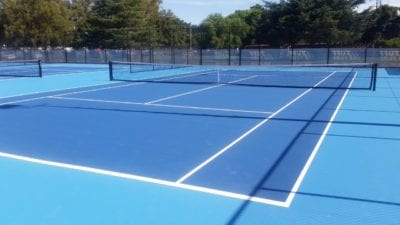 These are concrete or asphalt surfaces coated with layers of acrylic paint. They come in many colours and may be cushioned with the addition of a rubberised surface.
These are concrete or asphalt surfaces coated with layers of acrylic paint. They come in many colours and may be cushioned with the addition of a rubberised surface.
Performance:
• The pace of acrylic surfaces in general depends on the amount of sand added to the painted surface.
• Ball bounce on a good quality acrylic surface should be consistent across the court if it has been well constructed.
• The quality of the initial base construction (which should include a 1o cross fall for drainage) will also affect the length of time it takes for the surface to dry.
Durability:
• The durability of an acrylic surface depends upon the quality of the construction and the setting of the court.
• Heavy shade can result in dampness, which will affect the surface adversely.
• Acrylic tennis courts can be used all year-round and apart from when it is wet, the weather shouldn’t affect its durability.
Maintenance:
• Acrylic tennis surfaces should require very little maintenance to keep them in good playing condition.
• Removing debris, sweeping the surface occasionally and having repairs made as soon as they become necessary will all extend the life of your surface.
Aesthetics:
• An acrylic court presents a consistently tidy, pleasant appearance that will be an attractive feature in your garden.
TigerTurf installs Mapei acrylic sports surfaces – durable, all-weather sports surfaces with high resistance to UV light. These quality surfaces produce reliable bounce and ball speed, with good traction. The surface dries quickly, is resistant to scuffing and is easily cleaned.
A natural clay tennis surface is made from natural stone that has been crushed in graded sizes. The finest layer, powder, is used for top dressing the surface and is then loosely bound with water. These surfaces are usually red clay (normally crushed brick) and grey clay (made from basalt).
Performance:
• A clay tennis court has a slow surface (as rated by ITF), which lends itself to a game featuring many baseline volleys.
• The mobile powder surface allows the players to slide, a characteristic of the game when played on clay. It is also rather dusty!
Maintenance:
The disadvantages of a natural clay tennis surface need to be weighed carefully against surfaces requiring minimal care.
• Daily maintenance is required to keep clay courts in top playing condition. The lines need regular painting as the surface is mobile.
• Natural clay courts require regular irrigation, sweeping, and levelling. You will also need to undertake a substantial reconstruction of the surface every spring to make it playable for the summer.
Durability:
• Clay tennis courts are primarily dry-weather courts that cannot be played on in winter, as they cannot be used in frosty or wet conditions.
• They take a long time to dry, which can be inconvenient in some climates, reducing the time the courts are available for play.
Aesthetics:
• If you like red or grey clay surfaces, you’ll find a clay tennis court in prime playing condition attractive.
• However, the appearance changes markedly depending upon the season and level of care it receives.
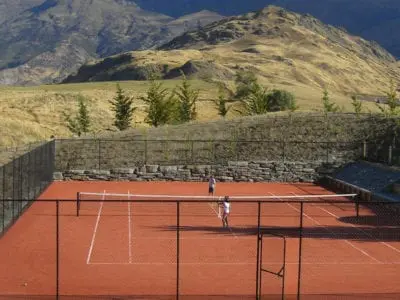 Synthetic clay is a low maintenance, practical alternative to a natural clay court, with similar playing characteristics and appearance. It doesn’t need to be reconstructed at the beginning of every tennis season, nor does it need expensive irrigation.
Synthetic clay is a low maintenance, practical alternative to a natural clay court, with similar playing characteristics and appearance. It doesn’t need to be reconstructed at the beginning of every tennis season, nor does it need expensive irrigation.
Performance:
• TigerTurf’s Synthetic ClayTurf plays like a natural clay surface, with a slow pace and high ball bounce.
• It allows players to train on a surface with the playing characteristics of natural clay, all year-round, to develop the skills they will need to compete at some international tournaments.
• Players can slide into their shots, just as they can on a natural clay surface.
• A good quality synthetic surface, ClayTurf is easy on players’ joints – a point worth noting, as young players spend many hours training hard to hone their tennis skills.
Durability:
• TigerTurf’s ClayTurf is a durable tennis surface, with longer lasting, clearer markings than natural clay can offer.
• It dries quickly after rain, and can therefore be played on throughout the seasons.
Maintenance:
• It can easily be laid over an existing, well-constructed asphalt base in good condition.
• So long as the base is sturdy and evenly constructed, a ClayTurf tennis court is a cost-effective surface that requires little maintenance (around 30 minutes per week), and no major reconstruction in spring as does a natural clay turf.
Aesthetics:
• A synthetic clay surface retains its glowing terracotta colour and white markings throughout the year, and the surface maintains its integrity in all weather conditions, presenting a consistently pleasant appearance.
• A synthetic clay court could be the warm heart of your home garden.
Performance:
• The pace of play on an asphalt tennis surface is typically medium-slow; however, the asphalt is often used as a base with another surface laid over it, in which case the top surface will affect the pace and bounce of the ball.
• Asphalt surfaces vary in playing quality, as much depends upon the standard of installation, during which many, variable factors contribute to the lasting quality of the surface.
Durability:
• An asphalt tennis court can be played on in any season, and should be durable if it has been well-constructed.
• The asphalt is prone to breakdown or to crack if the court shrinks, and the surface then becomes uneven, resulting in puddling and unsatisfactory playing conditions.
Maintenance:
• These surfaces require little maintenance, apart from regular sweeping, but are difficult to repair if the surface does break down.
• Courts may need to be sprayed for moss and lichen depending on shade and dampness.
Aesthetics:
• An asphalt court in good condition presents a consistently tidy appearance, so long as the markings are repainted as they wear away.
• They are a pleasant playing surface, although can become very hot in the summer.
Performance:
• A plain concrete surface will provide a slow to medium paced game.
• A good quality construction is crucial for a high standard of playing performance and for achieving the even surface so important for consistency of play.
• The construction materials for concrete courts are readily available; however, the mix can vary, which will affect the pace of play.
• Concrete courts are harder on joints and muscles than other court systems.
Durability:
• The concrete surface is durable, and these courts can be used all year-round, easily tolerating extensive and frequent use.
• Play can resume soon after rain if good drainage has been incorporated into the sub-structure, but they are difficult and expensive to repair if they crack or crumble.
Maintenance:
• Concrete courts are low maintenance, needing to be swept clear of debris and dust regularly.
• The line markings will need to be renewed, and, if the court is in frequent use, this may need to be carried out every spring.
• Courts may need to be sprayed for moss and lichen depending on shade and dampness.
Aesthetics:
• A plain concrete court is not a handsome sight, presenting a rather clinical, utilitarian appearance. However, if it is kept in good condition, it is not unpleasant if attractive planting surrounds it.
• An acrylic paint can be sprayed onto a concrete tennis court as a playing surface.
• Alternatively, a synthetic grass tennis turf can be laid on the concrete, if it has a well built, free-draining sub-base construction to support a high level of performance.
Local climate conditions will influence your choice of surface, particularly in the case of natural surfaces such as grass or clay, and your site will also need to be considered carefully.
A grass or clay tennis court will need intensive maintenance, which is likely to cost you significantly more in the future than it would to maintain a synthetic tennis surface. A natural surface requires easy regular access for irrigation equipment, rollers, mowers, fertilisers and sprayers. Clay needs specialised maintenance if you are to enjoy a high standard of play on a level surface without too much dust.
Availability of water for irrigation is another consideration for grass and clay surfaces. The amount of maintenance required and the ongoing cost of maintenance are definitely factors to consider in deciding upon the right surface for your home tennis court.
Pace and bounce affects the style of play. Fast surfaces encourage net volleying; slow surfaces promote baseline rallies. A TigerTurf synthetic grass court can be installed with the surface of your choice, incorporating the playing characteristics you prefer.
Choosing a low maintenance, durable surface with consistency of performance all-year-round will add significant value to your property, and, more importantly, to your family life.
Talk to one of our experienced tennis turf managers about installing a tennis court. They have a thorough understanding of our synthetic tennis surfaces along with years of experience in advising our clients on the best artificial turf for their residential tennis court.
